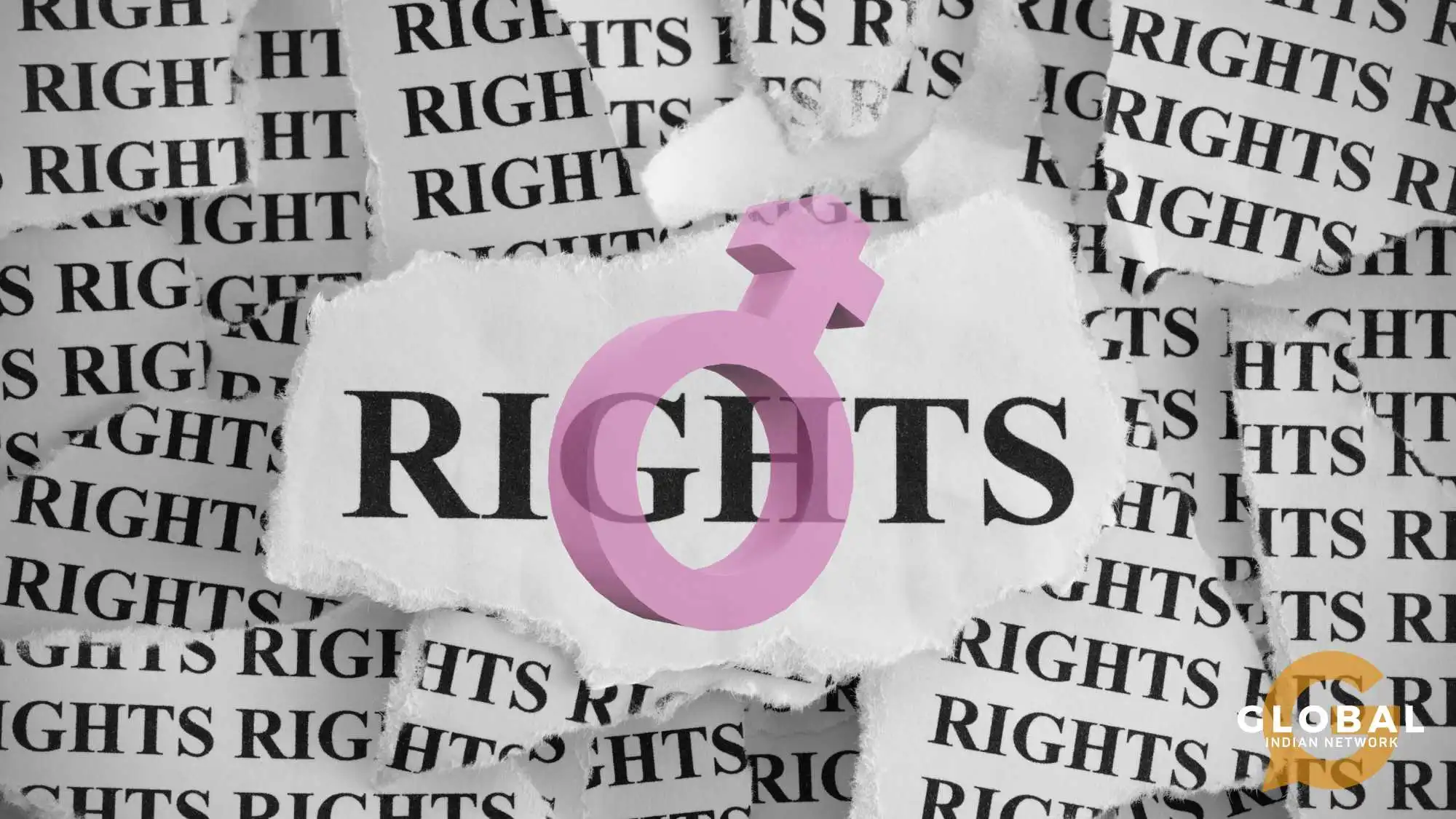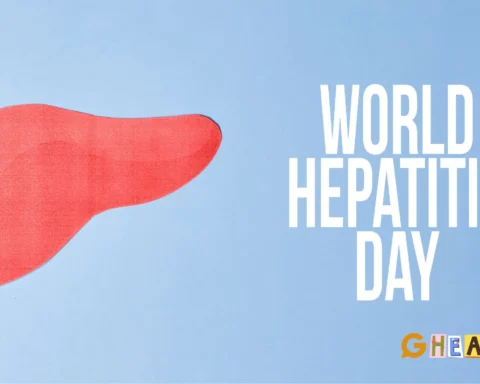In the 21st century, the status of women in society, including their social, economic and physical well-being, has become a marker of social progress in any country. While India has a prominent record of discrimination against women, with cases of domestic violence, sexual harassment, acid attacks, femicide and dowry deaths, the state has taken intentional strides to improve women's health, education, and economic opportunities. Legal frameworks have likewise evolved to safeguard women's rights; however, the general lack of sufficient awareness of these rights remains challenging.
In this blog, we take a comprehensive look at the laws related to women's rights in India, which uphold women's rights and can be used to mobilize Indian women to swiftly take legal action against injustices.
Listen To This Podcast: Driving Change: Championing Women’s Rights in India with Swati Maliwal
Table of Contents
Women of India in Socio-Historical Context
Like most countries around the world, India is rooted in a patriarchal social system that automatically disadvantages women. The status of women in India is historically interlinked with the tapestry of religious and social institutions that have shaped their roles and rights. From ancient times to the present day, women in India have navigated a complex social landscape marked by progress and persistent challenges.
In pre-colonial India, women were victims of dogmatic practices like Sati, child marriage, the purdah system and unequal inheritance. The British colonial period, with the efforts of Indian reformers, saw some alleviation in the plight of women, as in the abolition of Sati and the enactment of the Hindu Widows' Remarriage and the Female Infanticide Prevention Acts.
Post-independence, India has made visible strides towards gender equality through government programs and legal reforms. Women today are making their presence felt in every walk of life, occupying prominent positions in politics, business, and other fields. However, with women entering the workforce, new problems concerning their safety and autonomy begin to surface.
Considering the history of women's position in society, the opportunities available to them in the present do not automatically erase their vulnerability. The forces that government public and private spaces are still steeped in the values of patriarchy, making it difficult for women to navigate them on the same footing as men. This necessitates a legal framework that acknowledges and targets the root issues that give rise to crime and injustice against women.
Listen To This Podcast: Redefining Womanhood and Challenging Societal Norms with Pragna Hay
Laws Related to Women's Rights in India: A Comprehensive Look
The Indian constitution ensures women's legal equality and allows the government to take affirmative action to support them. Article 15 of the Constitution, which falls under the Fundamental Rights, prohibits discrimination based on various factors, including religion, race, caste, and gender. Several other sections include measures to uplift women and advance gender equality, some of which are discussed below.
Constitutional Provisions for Women
Article 39(a) focuses on creating and executing policies that aim to ensure a basic standard of well-being for all citizens, with a particular emphasis on women. It underscores the government's responsibility to address socio-economic disparities and promote the welfare of women.
Article 300(A) grants women the freedom to own property and safeguards their right to possess and manage assets. This provision acknowledges women's autonomy and recognizes their entitlement to economic independence and property ownership.
Article 42 supports women workers' well-being and work-life balance by stipulating maternity leave provisions and other workplace rights. This ensures that female workers have the necessary support and protection during pregnancy and childbirth while maintaining their employment rights.
Acts 73 and 74 of 1992 mandate a 33 percent reservation for women in panchayats (local self-governance bodies) and municipal councils. This initiative aims to enhance women's political participation and representation at the grassroots level, empowering them to contribute effectively to local governance and decision-making processes.
Article 39(d) emphasizes the principle of equal pay for equal work and advocates gender equality in monetary compensation. It aims to eliminate wage disparities based on gender and ensures that both men and women receive fair remuneration for their contributions to the workforce.
Article 51A(e) underscores the importance of combating discriminatory attitudes and practices against women by calling for concerted efforts to challenge and eradicate gender-based discrimination, advocating for a more inclusive and equitable society.
Legal Protection of Women's Rights
India's history, marked by patriarchal norms and widespread discrimination against women, has necessitated the implementation of laws and policies to safeguard women's rights and promote gender equality. While true gender equality remains a distant goal, the Indian legislation has taken positive steps towards empowering women and fostering an inclusive society. Listed below are some laws related to women's rights in India and their role in advancing gender equality.
The Hindu Succession Act of 1956 regulates the inheritance rights of Hindu women, ensuring parity with men in ancestral property rights. Amendments have eradicated discriminatory practices, guaranteeing equal inheritance entitlements for women.
The Dowry Prohibition Act of 1961 criminalizes both the demand and offering of dowry. The Act defines dowry as any property or valuable security given or agreed to be given directly or indirectly in connection with marriage. Those found guilty can face imprisonment for a minimum of 5 years and a fine exceeding a specified amount or the value of the dowry received, whichever is higher.
The Maternity Benefit Act of 1961 ensures paid leave and benefits during pregnancy and childbirth. Amendments in 2017 extended the duration of maternity leave. This legislation aims to provide financial stability and support to women in the workforce by ensuring they have adequate time off to care for themselves and their newborns during this crucial period.
The Act not only mandates paid leave but also covers various aspects such as medical bonuses, protection against job loss, and provisions for maternity benefits. Any employer found contravening these provisions may face imprisonment for up to three months or be charged a fine of up to five hundred rupees.
The Medical Termination of Pregnancy Act of 1971 safeguards women's right to seek safe and legal abortion services. This legislation permits abortions up to 20 weeks of gestation under specific conditions, ensuring that women have access to medical procedures that are conducted in a regulated and secure environment. It outlines the conditions under which abortions can be performed, such as risks to the physical or mental health of the woman or in cases of foetal abnormalities.
By allowing for safe and legal abortion services, the Act addresses the need to protect women's reproductive rights and ensure access to healthcare services that are essential for their overall health and autonomy.
The Equal Remuneration Act of 1976 ensures equal pay for men and women workers for the same or similar work, aiming to eliminate gender-based wage discrimination. This Act prohibits employers from discriminating against women regarding remuneration, recruitment, training, promotion, and transfers. Companies with over 30 female employees must also provide childcare and meal facilities.
Section 10(2) of this Act states that any employer found guilty of paying unequal rates for the same work to men and women workers or making any gender-based discrimination in recruitment or promotions is punishable with imprisonment for no less than three months, up to one year, or with a fine between 10,000 and 20,000 rupees or with both.
The Indecent Representation of Women (Prohibition) Act of 1986 prohibits the demeaning or disrespectful depiction of women. This legislation aims to prevent the derogatory and indecent portrayal of women through various mediums such as advertisements, publications, writings, paintings, figures, or any other form of representation. Any party violating these provisions is punishable with imprisonment for a term, which may extend to two years, and a fine of up to two thousand rupees.
The Legal Services Authorities Act of 1987 ensures free legal services for aggrieved women seeking redress regardless of their financial circumstances, ensuring that financial constraints do not hinder their access to justice. The Act establishes Legal Services Authorities at various levels to facilitate the delivery of legal services to women across different social and economic backgrounds, empowering them to seek legal recourse and representation without the burden of financial costs.
The Pre-Conception and Pre-Natal Diagnostic Techniques (Prohibition of Sex Selection) Act, 1994, prevents female foeticide and addresses the declining sex ratio. The Act prohibits sex selection techniques after conception and regulates the misuse of pre-natal diagnostic techniques for sex determination, which might potentially lead to female foeticide.
The Act applies to genetic counselling centres, genetic laboratories, genetic clinics, and ultrasound clinics while prohibiting the sale of ultrasound machines or any other equipment capable of detecting the sex of the foetus to unregistered persons or entities. Violations of the Act are punishable with imprisonment and fines.
The Protection of Women from Domestic Violence Act of 2005 provides legal recourse for victims of domestic violence, especially married women. This Act broadly defines domestic violence to include physical, emotional, verbal, sexual, and psychological abuse. It introduces the concept of an "aggrieved person," encompassing women in various relationships like marriage, blood relations, adoption, and even live-in relationships. Punishment for perpetrators varies in severity, ranging from restraining orders and financial compensation to temporary loss of custody rights.
The Prohibition of Child Marriage Act of 2006 prohibits child marriages and safeguards the rights of underage girls. It also outlines the responsibilities of Child Marriage Prohibition Officers to prevent, raise awareness, and sensitize communities about the harmful effects of child marriage. The punishment for violating this Act includes rigorous imprisonment for up to two years or a fine, or both, for a male adult above eighteen years of age who contracts a child marriage. It is important to note that no woman shall be punished with imprisonment under this Act.
The Sexual Harassment of Women at Workplace (Prevention, Prohibition, and Redressal) Act of 2013 focuses on combating sexual harassment at workplace, which encompasses acts like unwelcome physical contact and advances, demands or requests for sexual favours and coloured remarks of a sexual nature. It requires companies with ten or more employees to set up Internal Complaints Committees, which facilitate filing complaints, conducting inquiries, and safeguards against false complaints.
Sexual harassment complaints can be filed under this Act or as cognizable offences under sections 354A and 509 of the Indian Penal Code. This legislation aims to provide a safe working environment for women, ensure prompt redressal of complaints, and expand the definition of a workplace to include various work settings.
Section 46(4) of the Criminal Procedure Code (CrPC) restricts the arrest of women from sunset to sunrise, allowing female arrests only by female police officers with a judicial magistrate's authorization. Section 160 of the CrPC safeguards women from being interrogated at the police station without a female constable or a family member.
These legal provisions aim to ensure the protection and dignity of women during arrest and interrogation procedures, emphasizing the need for female officers' involvement and the presence of female companions or relatives during questioning to uphold women's rights and well-being.
Section 354D of the Indian Penal Code (IPC) criminalizes stalking, which applies specifically to men stalking women. Stalking can manifest in various forms, such as following the victim, sending offensive messages, coercing communication, unauthorized photography, physical or sexual assault threats, and loitering near the victim's residence.
In addition to Section 354D, the Information and Technology Act of 2000 protects women against unauthorized image capture and internet snooping. This Act aims to combat cybercrimes and ensure the safety and privacy of individuals, particularly women, in the digital space.
Legal Awareness and Its Challenges in India
India faces a notable lack of legal awareness, particularly among disadvantaged populations, resulting in exploitation, discrimination, and the infringement of fundamental rights due to ignorance regarding legal entitlements. Knowing one's rights is vital in facilitating access to justice, upholding impartial treatment under the law, and preventing legal misuse.
Recognizing this challenge, the Indian government has launched initiatives to enhance legal awareness and ensure access to justice. The Legal Services Authorities Act of 1987 established a nationwide network of legal services institutions, including the National Legal Services Authority (NALSA) and State Legal Services Authorities (SLSAs), which conduct legal literacy campaigns and awareness drives and operate legal aid clinics. However, legal awareness remains a significant obstacle despite these efforts, particularly in rural areas and among women, who are victims of prevailing social attitudes and power dynamics.
Efforts like the Beti Bachao Beti Padhao campaign and the National Mission for Empowerment of Women target awareness of laws related to women's rights and gender equality. Still, sustained action is needed to address socio-cultural barriers. Enhancing legal awareness is crucial for ensuring justice and equality in India, demanding a comprehensive strategy involving legal reforms, capacity building, technology, and stakeholder collaboration.
Listen To This Podcast: Driving Change: Championing Women’s Rights in India with Swati Maliwal
Conclusion
From historical suffragettes fighting for voting rights to contemporary activists championing workplace equity, women have consistently challenged societal norms to secure their rightful position in society, with laws playing a pivotal role in protecting and empowering them. As power comes with knowledge, recognizing and comprehending the laws related to women's rights in India is vital for the self-empowerment of the women of this country. The Indian government has instituted laws to safeguard women's rights, underscoring the importance of women and their close ones being well-informed about these rights and asserting them proactively, thereby contributing to their empowerment and societal progress.
FAQs
What are the laws for women's rights in India?
The laws for women's rights in India encompass various aspects such as protection against domestic violence, equal remuneration, maternity benefits, and safeguards against sexual harassment at workplaces. Key legislations include the Dowry Prohibition Act, Sexual Harassment of Women at Workplaces Act, Right to Equal Pay, Maternity Benefit Act, Protection of Women from Domestic Violence Act, and provisions for free legal aid.
What are the 5 rights of women?
The five basic rights of women include the right to equality and non-discrimination, the right to freedom from gender-based violence and harassment, the right to equal pay and employment opportunities, the right to reproductive autonomy and healthcare, and the right to participate in decision-making processes at all levels of society.
What are the rights of women in India today?
Women in India today have rights, including protection from violence and discrimination, access to healthcare and education, ownership of property, participation in the political process through voting, and the right to receive equal pay for equal work. However, challenges such as gender-based violence, unequal access to opportunities, and cultural norms persist, requiring ongoing efforts to ensure the full realization of women's rights.










